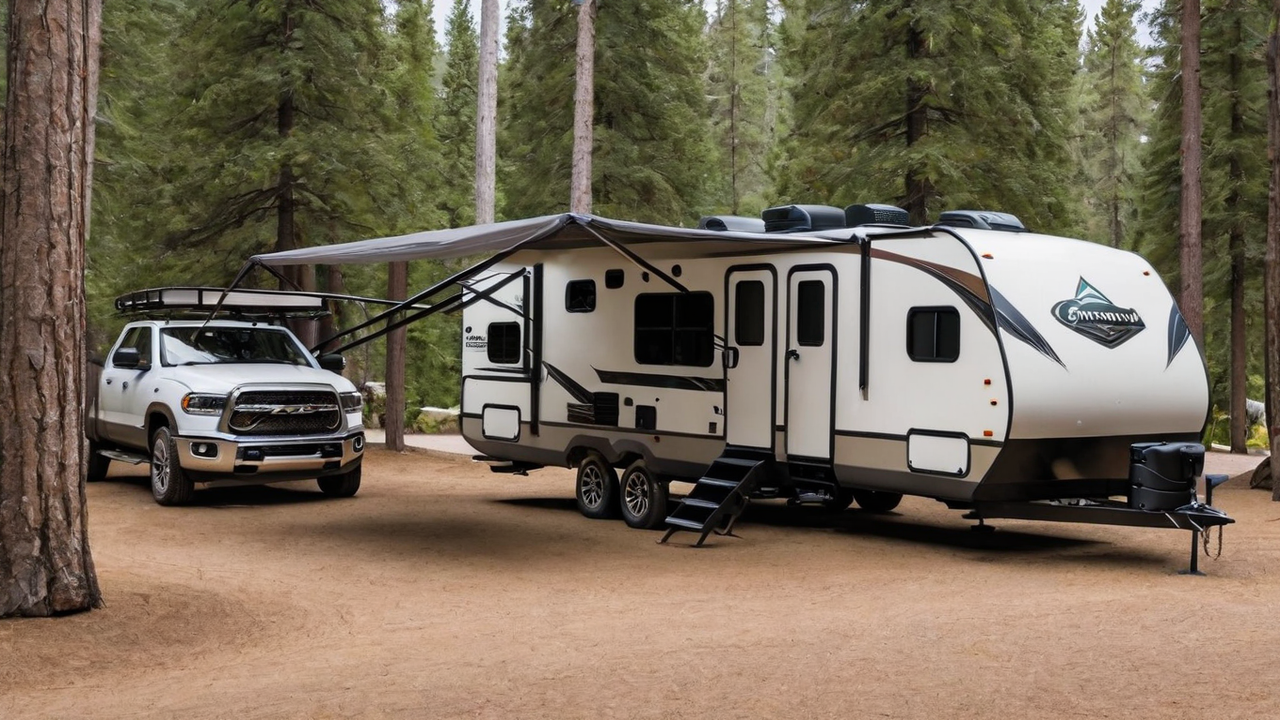
Comprehending Your Audience
Knowing which the intended audience is crucial in designing an efficient user's interface. It's crucial to take into account the requirements, preferences, and technology competence. This knowledge guides every design choice, ensuring that the program is user-friendly and intuitive.
Knowing your users also implies recognizing the obstacles and how they intend to use your campground software. It enables the designers to tailor functions and functionalities that address specific needs, therefore making the application not only useful but also essential.
Simplifying the Navigation System
Simplifying your navigation is a critical component of user interface designing. A straightforward navigation structure guarantees users can quickly locate what they're looking for, cutting down frustration and improving satisfaction levels. It's about the user journey through the software as smooth and effortless as possible.
Additionally, effective navigation leads visitors through your application, showcasing functions and tools that they might otherwise would overlook. Such an approach not only improves user experience but also encourages deeper interaction with the campground software full array of capabilities.
Integrating Premium Visuals
Graphics have a vital role in making a engaging user interface. Visuals help in breaking up monotony and can demonstrate features in a more clearly than description alone. Choosing the correct graphics, icons, and color schemes can greatly enhance the appearance of the software, thereby making it more appealing to your eye.
Moreover, a consistent visual style is for creating a strong brand identity and trust among your users. Every element must be in alignment with the brand's principles and the overall message of your application, creating a seamless user experience that is both polished and welcoming.
Enhancing the Responsiveness
In the current digital world, people demand campground software to be responsive on every platforms, from desktops to smartphones. An responsive design guarantees that no matter of what device size, your software delivers an uncompromised user experience. This not only boosts usability but likewise caters to the users’ on-the-go lifestyle.
Moreover, enhancing your software’s responsiveness can also result in better performance, decreasing the loading time and avoiding frustration. Users appreciate a speedy and smooth experience when accessing campground applications, and this makes speed an element in satisfaction levels.
Enhancing the Search Functionality
Finding information swiftly is crucial in any kind of application, especially in campground management. Optimizing your search feature permits visitors to easily find what they're searching for, which in turn boosts their experience and efficiency. By intelligent search features, you can decrease the frustration and increase overall satisfaction.
Moreover, sophisticated search features such as filtering options and tagging can aid in narrowing down results, making the process even efficient. Implementing these functionalities demonstrates a understanding of your user’s needs and an effort to making their experience with the campground software as smooth and productive as possible.
Focusing on User Security
Protecting user information is always non-negotiable when coming to developing campground software. Users need to feel safe when entering their personal information. Ensuring strong security protocols not only secures their information but likewise builds a sense of trust between your customer and your company.
In addition to standard protections like strong passwords and data encryption, it's important to consider integrating sophisticated options such as two-factor authentication or biometric verification. These features provide an extra layer of security, ensuring that user data is kept secure from unwanted access.
Utilizing User Feedback
Feedback is vital for ongoing improvement of the campground software. It allows developers to understand what is working, what doesn’t work, and how their application can be enhanced to better meet the user’s expectations. Actively seeking this type of feedback establishes an open dialogue between your users and the team, making them feel they are part of your software’s evolution.
Using this feedback into account can result in tangible improvements in user interface design and overall user experience. Implementing changes based on actual input proves that your brand cares about its users and is committed to providing a high-quality product.
Maintaining the Simplicity
In the realm of UI design, the principle of simplicity is golden. A overly complicated interface can confuse the users, resulting in an unpleasant user experience. Simplicity, on the hand, helps your software more intuitive and user-friendly. It promotes greater user engagement and satisfaction.
Furthermore, keeping the simplicity should also extend to the content and functionality. Avoiding unneeded features that don’t add real value can help ensure that the interface remains clean and focused on meeting the core requirements of your further information users. By doing so, you can craft a more efficient user experience that appeals with the target audience.